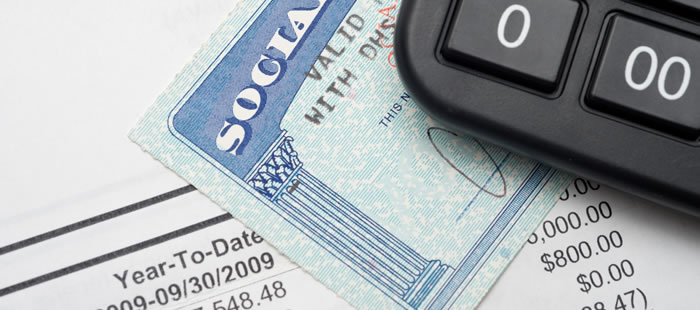by Tim Hoy and Melanie Vanderau

The final interim rule governing garnishments of accounts containing certain federal benefits (31 CFR § 212.1 et. seq.) has been amended. The final interim rule, effective May 1, 2011, was established by the Department of the Treasury, the Social Security Administration, the Department of Veterans Affairs, the Railroad Retirement Board, and the Office of Personnel Management (“Agencies”) and created a procedure financial institutions were required to follow when receiving a garnishment order for accounts containing direct deposits of federal benefit payments. This procedure established a “protected amount” in connection with federal benefit payments that could not be held, frozen or otherwise garnished.
The amendments primarily serve to explain and clarify vague or otherwise unclear provisions of the interim final rule. They were effective June 28, 2013 and were in response to public comments solicited and received by the Agencies. An overview of the amendments follows:
The definition of “benefit payment” now states that such payment will be made by direct deposit and will have the character “XX” encoded in positions 54 and 55 or the Company Entry Description field and the number “2” encoded in the Originator Status Code field of the Batch Header Record of the direct deposit entry. The amendments add the requirement of the number “2” in the Originator Status Code, which serves to verify that the payment is in fact a federal benefit.
The definition of “garnishment order” now states that garnishment orders specifically include (1) levies; (2) orders issued by states, state agencies, municipalities or municipal corporations; and (3) orders to freeze assets in an account. These types of actions were all omitted from the definition in the interim final rule, which led to a need to clarify the definition to provide broader protections to federal benefits and guidance to financial institutions.
The definition of “protected amount” has been clarified to provide that the “protected amount” is the lesser of either (a) the amount of federal benefit payments deposited during the lookback period, or the balance in the account when the account review is performed. This was amended from “the balance in the account at the open of business on the date of the account review”, clarifying that the account balance will include intraday items such as ATM or cash withdrawals.
The rules regarding a financial institution assessing a garnishment fee have been amended. The prior rule provided that a financial institution may not assess a garnishment fee against a protected amount, and may not charge or collect a garnishment fee after the date of the account review. The amendments now provide that while the financial institution may not assess a garnishment fee against a protected amount, it may charge or collect a garnishment fee up to five business days after the account review if funds other than a benefit payment are deposited to the account within this period, provided that the fee may not exceed the amount of the non-benefit deposited funds. This permits financial institutions, if they choose, to monitor accounts for up to 5 days after the account review for a deposit of funds that is not a benefit payment in order to assess a garnishment fee. The Agencies also reaffirmed that the rules provide no restriction with respect to charging a garnishment fee against an account that does not contain any protected amount whatsoever.
With respect to the notice requirement, pursuant to the amendments, a financial institution is only required to send the statutory notice to account holders in cases where there are funds in excess of the protected amount. The prior rule provides the notice in even cases in which there are not funds in excess of the protected amount and thus no funds are held. In light of concerns about this leading to confusion for the account holder, this notice requirement was eliminated.
The Agencies’ comments to the final rule also clarify that the account review is only necessary if the financial institution will give effect to the garnishment order. If the financial institution has made the determination to give no effect to the garnishment order, there is no need to perform the account review under the federal rules. This would occur, for example, in the event that the account was exempt from attachment under state law, e.g. an account titled in the name of husband and wife in Pennsylvania.
As a general matter, applicable state law may provide greater protections than the federal law, and, to the extent not inconsistent with the federal procedures, should be followed. For example, Pennsylvania law requires that in the absence of a court order, a financial institution shall not attach the first $10,000.00 of each account containing any funds which are deposited electronically on a recurring basis and are identified as exempt. In most cases, this will offer greater protection to the account holder that is not inconsistent with the federal rule, and so the Pennsylvania rules will govern.
If you have any questions related to the amendments, or to the interpretation of the federal rules generally, please contact Mette, Evans & Woodside. Additionally, if you would like analysis or interpretation on the interplay between the federal rules and any applicable state garnishment rules, we can assist you.
Timothy a. Hoy, Esquire
tahoy@mette.com
Melanie L. Vanderau, Esquire
mlvanderau@mette.com
(717) 232-5000